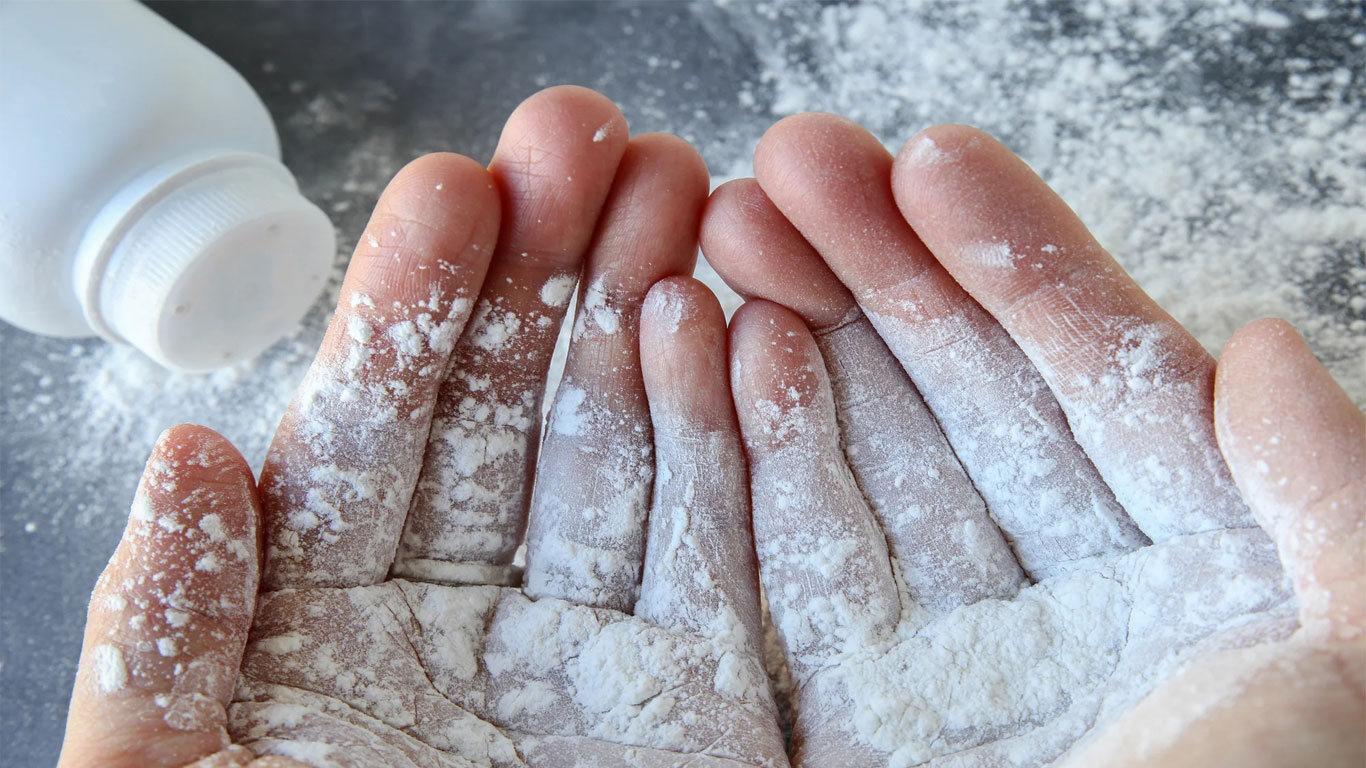The World Health Organization (WHO) has recently issued a stark warning regarding the potential dangers of using talcum powder, a common household product. This announcement follows mounting evidence suggesting a link between talcum powder and cancer, raising alarm among consumers worldwide.
The Warning and its Basis
WHO’s advisory is grounded in numerous scientific studies indicating that prolonged use of talcum powder, particularly in the genital area, can increase the risk of ovarian cancer. Talcum powder is made from talc, a mineral composed primarily of magnesium, silicon, and oxygen. In its natural form, talc can sometimes contain asbestos, a known carcinogen.
Dr. Maria Neira , Director of the Department of Public Health and Environment at WHO, stated, “The presence of asbestos in talc is a serious concern. Even asbestos-free talc can pose health risks when used frequently. We urge consumers to be cautious and consider alternatives.”
Scientific Studies and Legal Battles
Research has shown mixed results, but a significant number of studies have found a correlation between talcum powder use and an increased risk of ovarian cancer. A notable study published in the International Journal of Gynecological Cancer found that women who used talcum powder in the genital area had a 30% higher risk of developing ovarian cancer.
This health warning comes in the wake of numerous legal cases where major talcum powder manufacturers, such as Johnson & Johnson, have faced lawsuits from consumers who developed cancer allegedly due to their products. In many cases, courts have ruled in favor of the plaintiffs, resulting in substantial financial settlements.
One high-profile case in 2018 saw a Missouri court ordering Johnson & Johnson to pay $4.69 billion to 22 women who claimed the company’s talc-based products caused their ovarian cancer. This case, among others, has heightened public scrutiny and regulatory attention on the safety of talcum powder.
Consumer Awareness and Alternatives
The WHO’s announcement aims to increase consumer awareness and promote safer practices. Many consumers are now questioning the safety of talcum powder and seeking alternatives. Cornstarch-based powders, for instance, are a popular option that poses no known health risks.
Health experts recommend reading product labels carefully and being aware of the ingredients in personal care products. “It’s crucial for consumers to make informed decisions. If you have concerns about talcum powder, consult with your healthcare provider and explore safer alternatives,” advised Dr. Neira.
Additionally, the International Agency for Research on Cancer (IARC), part of WHO, classifies genital use of talc-based body powder as “possibly carcinogenic to humans,” further reinforcing the need for caution.
Industry Response
In response to the WHO’s warning, some manufacturers are reformulating their products to eliminate talc or are enhancing transparency about the ingredients they use. Johnson & Johnson, for instance, announced plans to transition to cornstarch-based powders globally.
“We are committed to ensuring the safety of our consumers,” a spokesperson from Johnson & Johnson stated. “Our decision to shift to cornstarch-based powder is part of our ongoing efforts to provide safe and effective products.”
Other companies are following suit, introducing talc-free products to meet the growing consumer demand for safer alternatives. This shift reflects a broader industry trend towards increased transparency and consumer safety.
Moving Forward
The WHO’s warning serves as a critical reminder of the importance of regulatory oversight and scientific research in safeguarding public health. As consumers, staying informed and cautious about the products we use is essential.
For those concerned about the potential risks associated with talcum powder, exploring safer alternatives and consulting healthcare professionals can help mitigate health risks. The WHO continues to monitor the situation and will provide updates as more research becomes available.
Conclusion
The link between talcum powder and cancer, particularly ovarian cancer, has become a significant public health concern. With the WHO’s warning, consumers are encouraged to reassess their use of talcum powder and consider safer alternatives. The ongoing research and legal battles highlight the need for rigorous safety standards and transparent product labeling. By staying informed and making cautious choices, consumers can better protect their health.
( For more information on the WHO’s findings and recommendations, visit their official website or consult with a medical professional. )









5 thoughts on “Cancer : WHO Alert , Is Your Talcum Powder Hiding a Cancer Risk?”
Wow amazing blog layout How long have you been blogging for you made blogging look easy The overall look of your web site is magnificent as well as the content
Thank you for the auspicious writeup It in fact was a amusement account it Look advanced to more added agreeable from you By the way how could we communicate
Fantastic site A lot of helpful info here Im sending it to some buddies ans additionally sharing in delicious And naturally thanks on your sweat
Somebody essentially help to make significantly articles Id state This is the first time I frequented your web page and up to now I surprised with the research you made to make this actual post incredible Fantastic job
helloI really like your writing so a lot share we keep up a correspondence extra approximately your post on AOL I need an expert in this house to unravel my problem May be that is you Taking a look ahead to see you